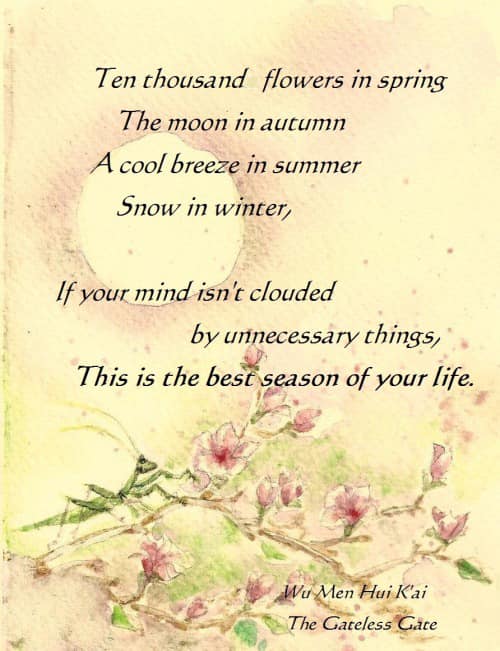When I came back from the beach after doing my early morning Qigong and dance-like stretches, Cornelius asked what I was doing. He is an employee of the vacation complex I was staying in, and I had just observed him sweeping the beach walk with care. We became morning buddies.
As a career counselor, I admired the pride he took in his work and his authentic warmth toward guests. As a person, I was enriched by his character and curiosity. Somehow, we quickly got on big topics of life, psychology, and spirituality.
What particularly struck me is the little red notebook he kept in his pocket. That first day he wrote down a favorite saying of mine: It’s better to be at peace than right. On the second day he shared some inspirational notes from it with me.
My interaction with Cornelius reminds me that it is who we are and what we bring to our jobs that may be more important than the job itself. Cornelius did actually like his part-time retirement job since he genuinely likes people so much. His authentic character showed through again as he told me about long-time residents of the complex that he connects with and even helps.
Regardless of our job or circumstance, we always have some choice. Do we bring our best selves? Do we explore other job options? Do we do internal work to manage the situation or our own patterns?
The morning after our second meeting, my daily meditation seemed to give a related message:
“No matter what I am doing, I do so with intention and purpose…..Knowing that everything I do has value, I go about it with humility and gratitude for the opportunity to serve.”
Unity Daily Word, August 31, 2023
With warmth and wisdom, Cornelius contributes more service than he likely realizes.




 She had actually retired already as an office worker. Then through conversation at a church activity with the Catholic Daughters of America, she started up again part-time though she wasn’t actually looking to. (Remember NETWORKING happens at all ages, and actually is the best strategy if you have a challenge such as age or gap in work history.)
She had actually retired already as an office worker. Then through conversation at a church activity with the Catholic Daughters of America, she started up again part-time though she wasn’t actually looking to. (Remember NETWORKING happens at all ages, and actually is the best strategy if you have a challenge such as age or gap in work history.)